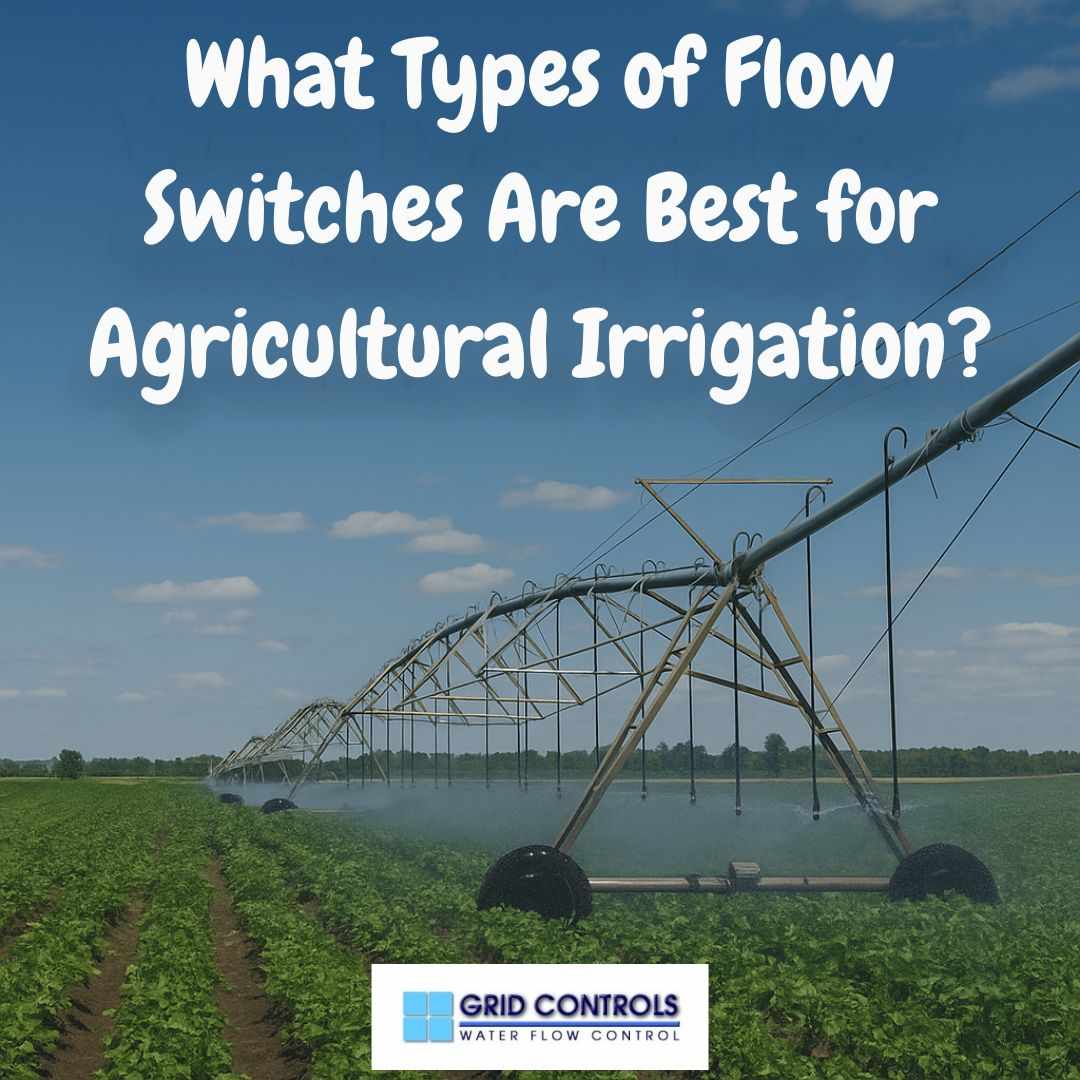
In farming, getting the right amount of water to your crops is very important. You don’t want to give too much or too little. That’s where Agricultural Irrigation Flow Switches come in. These small but smart devices help farmers manage how water moves through irrigation systems. In this blog, we’ll explain how they work, the different types you can use, and which ones are best for farming.
What Are Flow Switches?
A Flow Switch is a device that tells a system when a liquid (like water) is moving. It works like a traffic light, but for water. If the water is flowing, the switch can tell a machine to turn on or off.
For example, in an irrigation system, a flow switch can turn on a water pump when crops need watering. It can also turn off the pump when the water stops flowing. This saves energy, water, and keeps equipment from getting damaged.
Why Are Water Flow Switches Important in Farming?
Water is one of the most valuable things in farming. Farmers need to be smart about how they use it. Water Flow Switches help by:
Controlling when water starts and stops flowing
Keeping irrigation systems from overwatering
Protecting water pumps from running dry
Saving water and lowering electricity bills
They also alert you when something is wrong—like a leak or a broken pipe.
What Are Agricultural Irrigation Flow Switches?
Agricultural irrigation Flow Switches are special types of flow switches made for use on farms. They are designed to handle outdoor conditions like dust, dirt, and temperature changes. These switches work well with sprinklers, drip lines, and pivot systems.
They are often made from tough materials like stainless steel or heavy-duty plastic. And they are usually easy to install and maintain, which is perfect for busy farmers.
Best Types of Flow Switches for Agricultural Irrigation
Now that you understand the basics, let’s look at the top types of Flow Switches used in agriculture.
1. Paddle Flow Switches
These are very common. They have a small paddle inside the pipe. When water flows, the paddle moves. That movement sends a signal to turn equipment on or off.
Best for: Sprinkler systems, water pumps
Pros:
Easy to install
Good for low to medium flow rates
Budget-friendly
Cons:
Paddle can wear out over time
Not the best for dirty water
2. Inline Flow Switches
These are installed directly into the pipe. They don’t use a paddle. Instead, they use sensors to measure flow.
Best for: Drip irrigation, clean water systems
Pros:
High accuracy
No moving parts (less wear and tear)
Long-lasting
Cons:
More expensive
Harder to install
3. Ultrasonic Flow Switches
These switches use sound waves to measure flow. They don’t touch the water, so they stay clean.
Best for: Systems with dirty or sandy water
Pros:
Works with all types of liquids
No contact with water
Very accurate
Cons:
Expensive
Needs electricity to run
4. Electromagnetic Flow Switches
These use magnets and electricity to track flow speed. They only work with liquids that have some conductivity, like water with minerals.
Best for: Fertilizer systems, center pivot irrigation
Pros:
Very precise
Works well with fertilizers and mixed liquids
No moving parts
Cons:
Not for pure water
Needs power and setup
5. Turbine Flow Switches
A tiny turbine spins when water flows. The speed of the spin tells the switch how fast water is moving.
Best for: High-pressure irrigation lines
Pros:
Fast response
Works at high speeds
Great for large farms
Cons:
Needs clean water
Moving parts need maintenance
Benefits of Using the Right Flow Switch
Save Water: You won’t waste water on areas that don’t need it.
Protect Equipment: Pumps won’t run dry, and pipes won’t burst.
Save Time: Automate watering and reduce manual checks.
Grow Better Crops: Plants get just the right amount of water.
Tips for Maintaining Flow Switches on the Farm
Clean the switches often, especially if your water has dirt or fertilizer.
Check for rust or wear if the parts are metal.
Test the signal connections to make sure they’re working.
Replace broken paddles or turbines quickly.
Store extra parts during off-seasons.
Summary
Flow Switches are super helpful tools for farmers. They make irrigation easier, safer, and smarter. From simple paddle switches to advanced ultrasonic ones, there are many options to choose from. The best type depends on your water, your system, and your budget.
Using Agricultural irrigation Flow Switches helps you:
Save water
Protect equipment
Grow better crops
Spend less time fixing problems
Need Reliable Water Flow Switches?
If you’re looking for high-quality Water Flow Switches for farming, trust Grid Controls. They offer durable, reliable, and accurate Agricultural irrigation Flow Switches that work well in all kinds of irrigation systems.
Whether you need something simple or advanced, Grid Controls has the right solution for your farm. Their switches are easy to install, last a long time, and help you take better care of your land. Visit Grid Controls today to find the best switch for your needs.
FAQs on Agricultural Irrigation Flow Switches
1. What is the purpose of flow switches in agriculture?
Flow switches help farmers control water flow in irrigation systems. They prevent overwatering and protect equipment like pumps.
2. Can flow switches work with dirty water?
Yes, some types like ultrasonic or electromagnetic flow switches are better for dirty or sandy water.
3. Are paddle flow switches good for farming?
Yes, they are affordable and work well for sprinkler systems, but they need regular maintenance.
4. Do I need electricity for a flow switch?
Some types like ultrasonic and electromagnetic need power, while basic paddle switches do not.
5. What’s the easiest flow switch to install on a farm?
Paddle switches are the easiest and cheapest to install for most irrigation systems.
6. How often should I check my flow switch?
It’s good to check them every few weeks, especially during heavy use or if you notice a drop in performance.
Write a comment ...